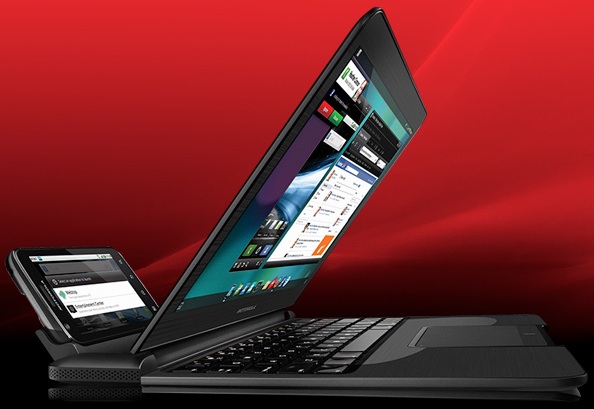 Motorola’s upcoming Xoom tablet is going to cost $699. Or maybe $799. Both prices are rumors rather than confirmed realities, but they seem to point to the Xoom starting at a much higher price than the iPad, which costs $499 in its most minimalist configuration (16GB of storage and no 3G).
Motorola’s upcoming Xoom tablet is going to cost $699. Or maybe $799. Both prices are rumors rather than confirmed realities, but they seem to point to the Xoom starting at a much higher price than the iPad, which costs $499 in its most minimalist configuration (16GB of storage and no 3G).
If the Xoom goes for $699–or maybe even $799–it’s not because Motorola has grossly overpriced the thing. Specswise, it’s a far more potent device than the iPad, with a dual-core processor, four times as much RAM (1GB vs. 256GB), a slightly larger screen with more pixels, two cameras vs. no cameras, a MicroSD slot, and a standard 3G data connection that will be upgradable to 4G for free. Motorola clearly decided to err on the side of making the Xoom beefier than the current iPad–an entirely logical strategy given that it will surely compete with an iPad 2 that boasts some of the same specs that it does. But anyone who hasn’t bought an iPad because $499 sounds like a lot of money is even less likely to spring for a Xoom.

 Not to get all gushy or anything, but I think one of Harry’s best opinion columns here was the one from March 2009 about how
Not to get all gushy or anything, but I think one of Harry’s best opinion columns here was the one from March 2009 about how  Progress–to swipe an
Progress–to swipe an  Microsoft has announced that it’s
Microsoft has announced that it’s  Color me slightly confused on this one:
Color me slightly confused on this one: 